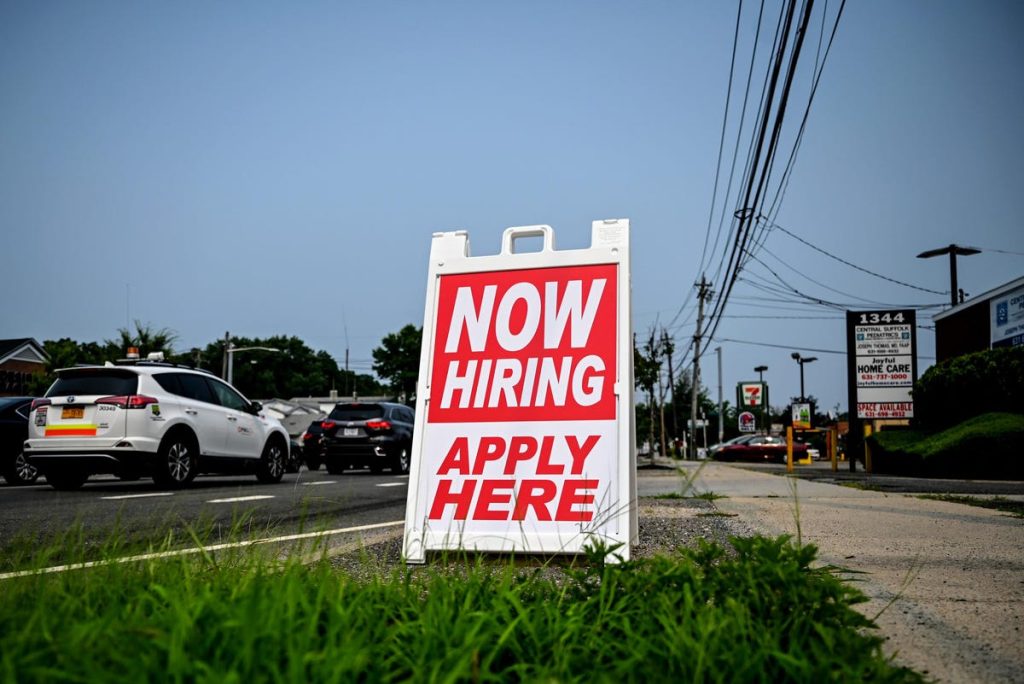The Bureau of Labor Statistics has just released its Employment Situation Report for March 2023. The numbers are mostly in line with what economists expected, and show a labor market that is softening but still exhibits substantial growth.
The household survey shows that the unemployment rate dropped to 3.5%, still close to a record low. Labor force participation, which has been inching up for each of the past three months, rose once again to 62.6%. This is good news for employers who still struggle to regain workers.
The payroll survey shows an increase of 236,000 jobs — very close to the average economist expectation of 240,000. Though this is lower than what we observed throughout 2021 and early 2022, it still indicates substantial growth by most standards. Wages, on an annualized basis, rose 3.3% — though 3.8% for production and nonsupervisory workers. Wage growth has averaged about 3% over the past three or four months, as workers have become a bit less choosy about which jobs to accept than earlier (perhaps because their savings from the pandemic are dwindling).
This modest softening of the job market is consistent with all of the other data we have recently seen: a fall in the job vacancy rate to 6% (which still remains very high), an upward tick in new unemployment insurance claims, and drops in housing market activity and retail sales.
The Federal Reserve will no doubt be pleased with the softening of the job market but will continue to raise interest rates (somewhat more slowly than before, because of concerns about the stability of our banks), believing that wage growth in the 3% to 4% range remains too high.
My own view on this differs from theirs. Economists believe that, when shortages occur, prices must rise to encourage more production. When there is a shortage of workers in the job market, I believe that wages must rise to attract more of them. This is especially true in low-wage sectors (like leisure and hospitality and child/elder care) or in those that were most stressful in the pandemic (like health care and education).
The Fed should temporarily accept higher inflation — in the range of 3%, above its current goal — while the labor market becomes rebalanced. Other sensible policies to encourage more work would include immigration (especially where workers are most needed), more public support for child care (to help parents with small children work), and better education and training.
But the Fed will no doubt continue to seek 2% inflation, and will cause more labor market softening (or even a recession) on the way there.
Read the full article here




